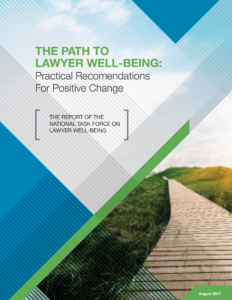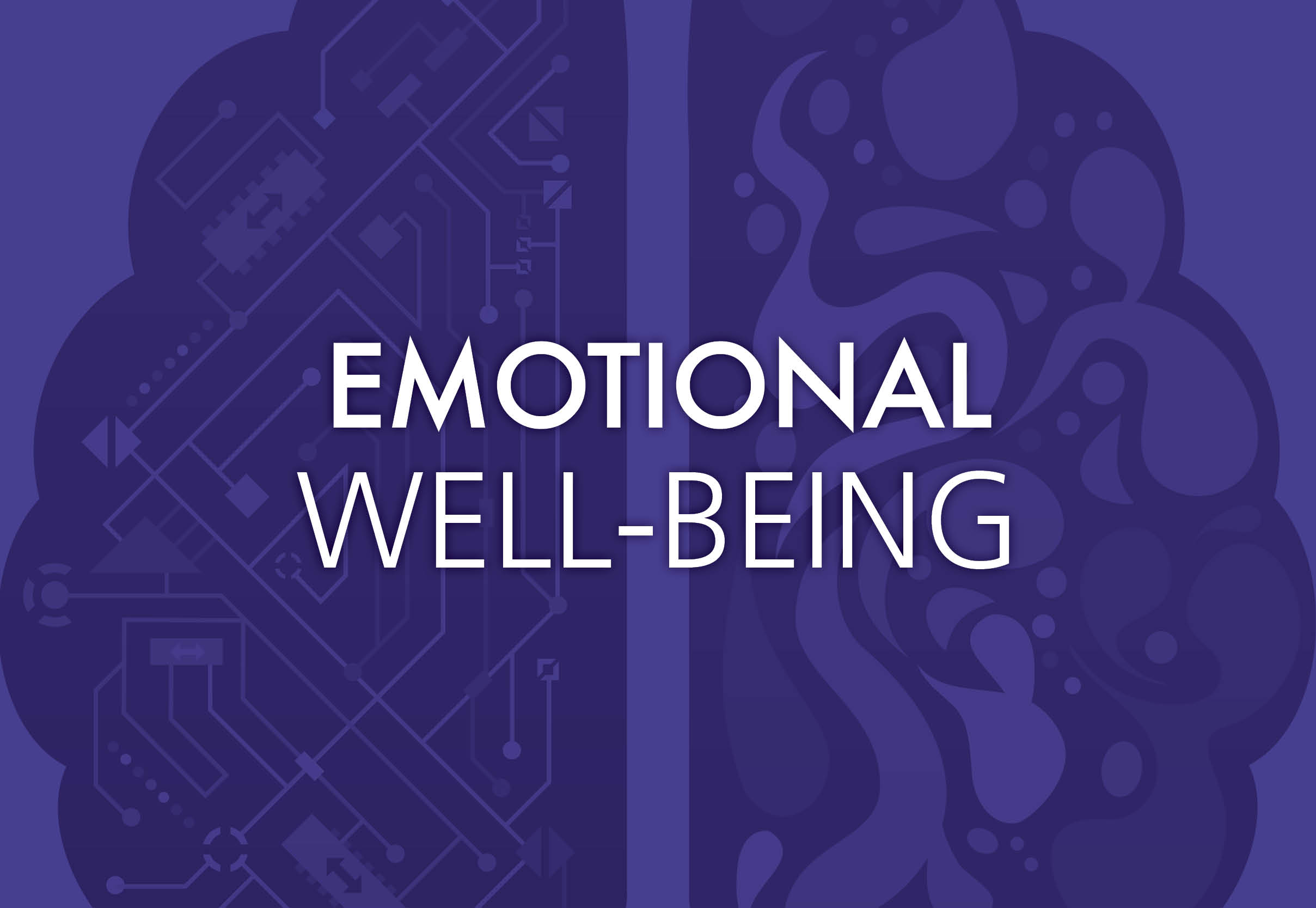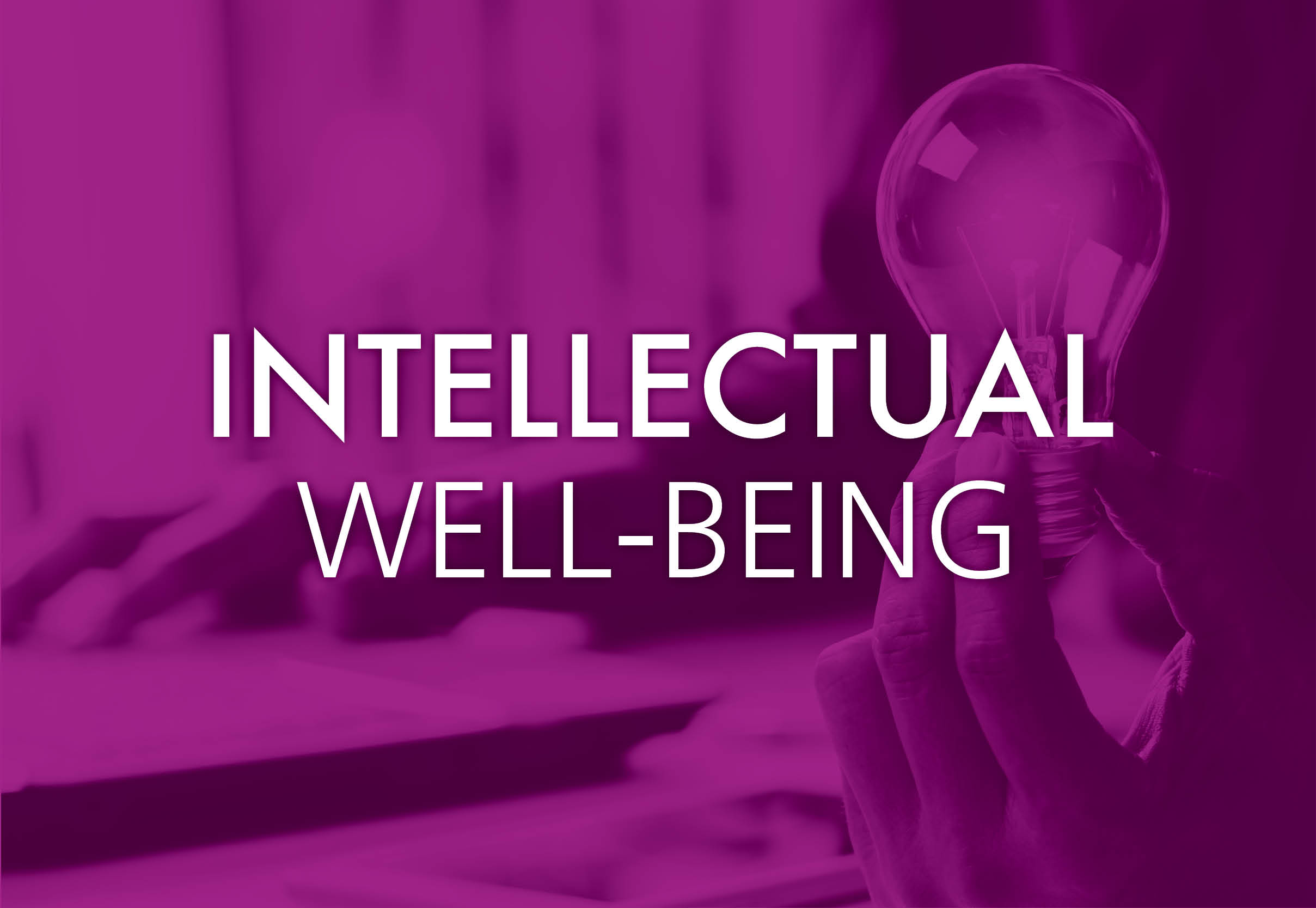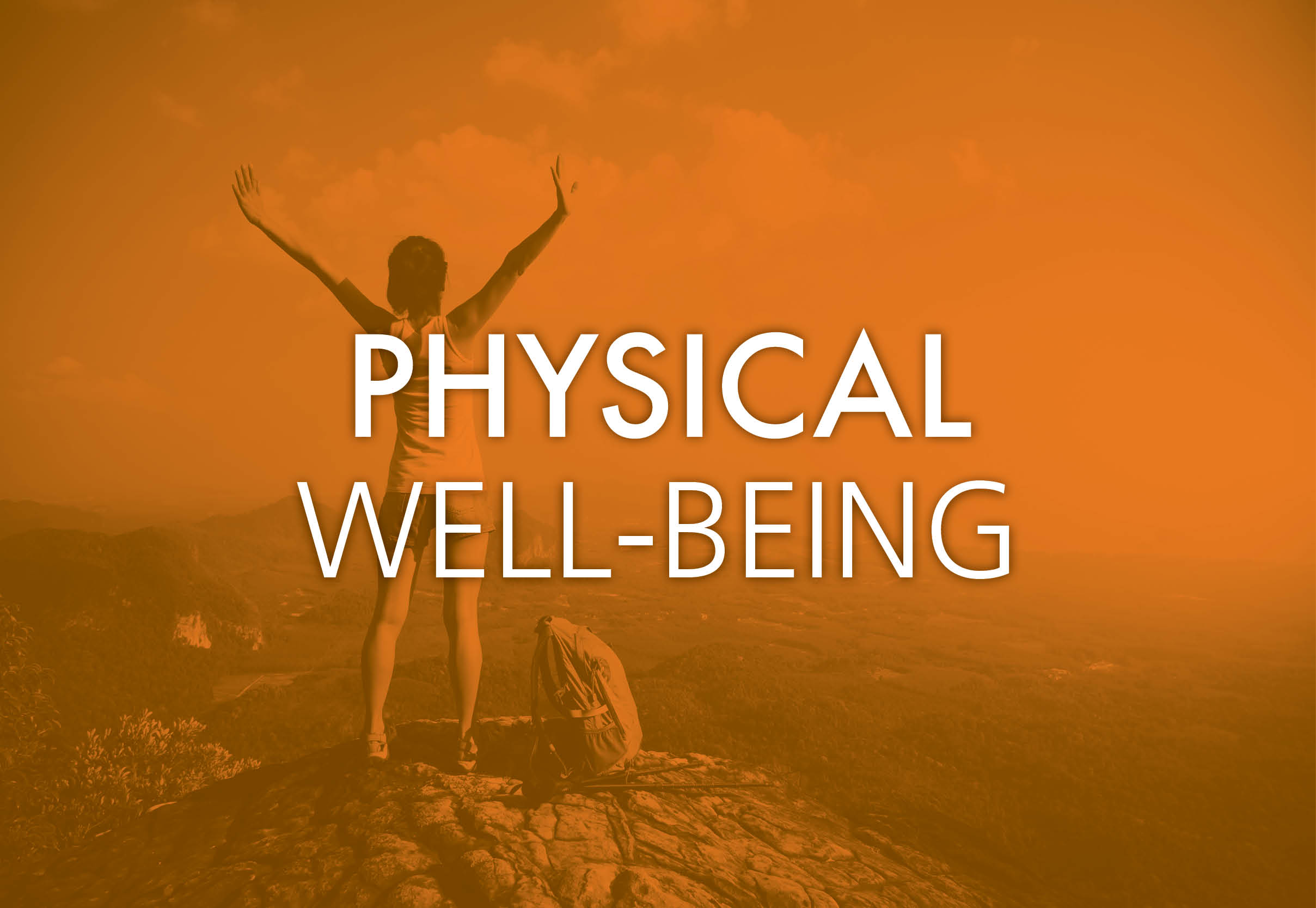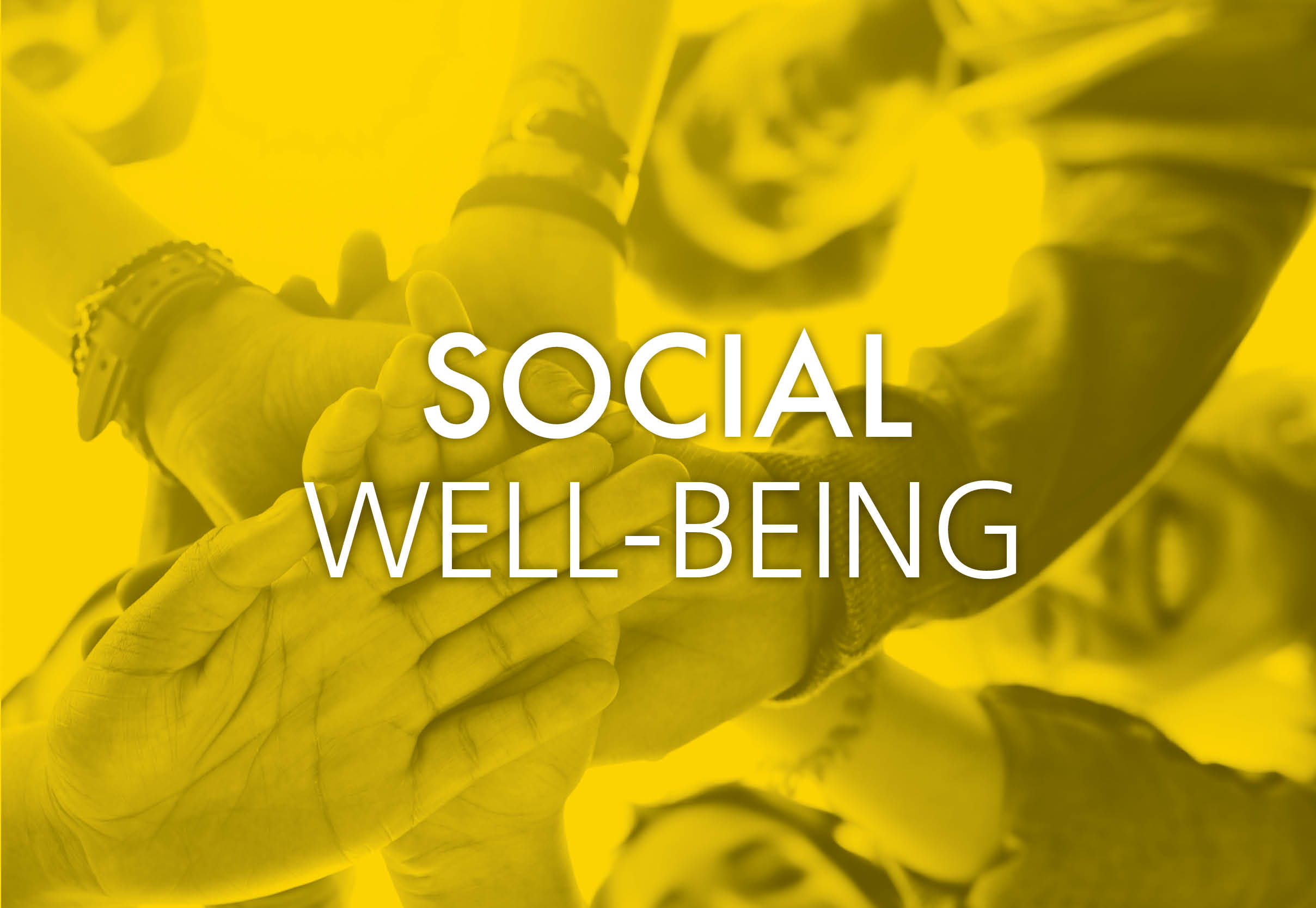A Holistic Definition of Well-Being in the Legal Profession
The Report defines well-being as a continual process of seeking to thrive in each dimension of one’s life: Emotional, Occupational, Intellectual, Spiritual, Physical, and Social.
Hover over the buttons below to read the definition of each dimension.
Maintaining well-being is part of lawyers’ ethical duty of competence. It calls for healthy, positive choices to assure that lawyers can be their best for their clients, families, organizations, and communities. Further, to be their best, lawyers depend on a large number of important contributors who are not lawyers. Therefore, well-being across the legal profession is an important goal.
The Task Force’s definition of well-being is not defined solely as an absence of dysfunction; nor is it limited to feeling “happy.” Full well-being is multi-dimensional and requires things like connection, belonging, continual growth, and aligning our lives with our values. It requires that we take care of all aspects of our lives.
We’re All In This Together
The Report also emphasizes that well-being is a team sport. The contexts in which we live and work such as organizational and professional cultures can play a powerful role in helping or harming individual well-being. Each of us contributes to our workplace and institutional cultures and each is affected by it. What this means is that we’re all in this together.
